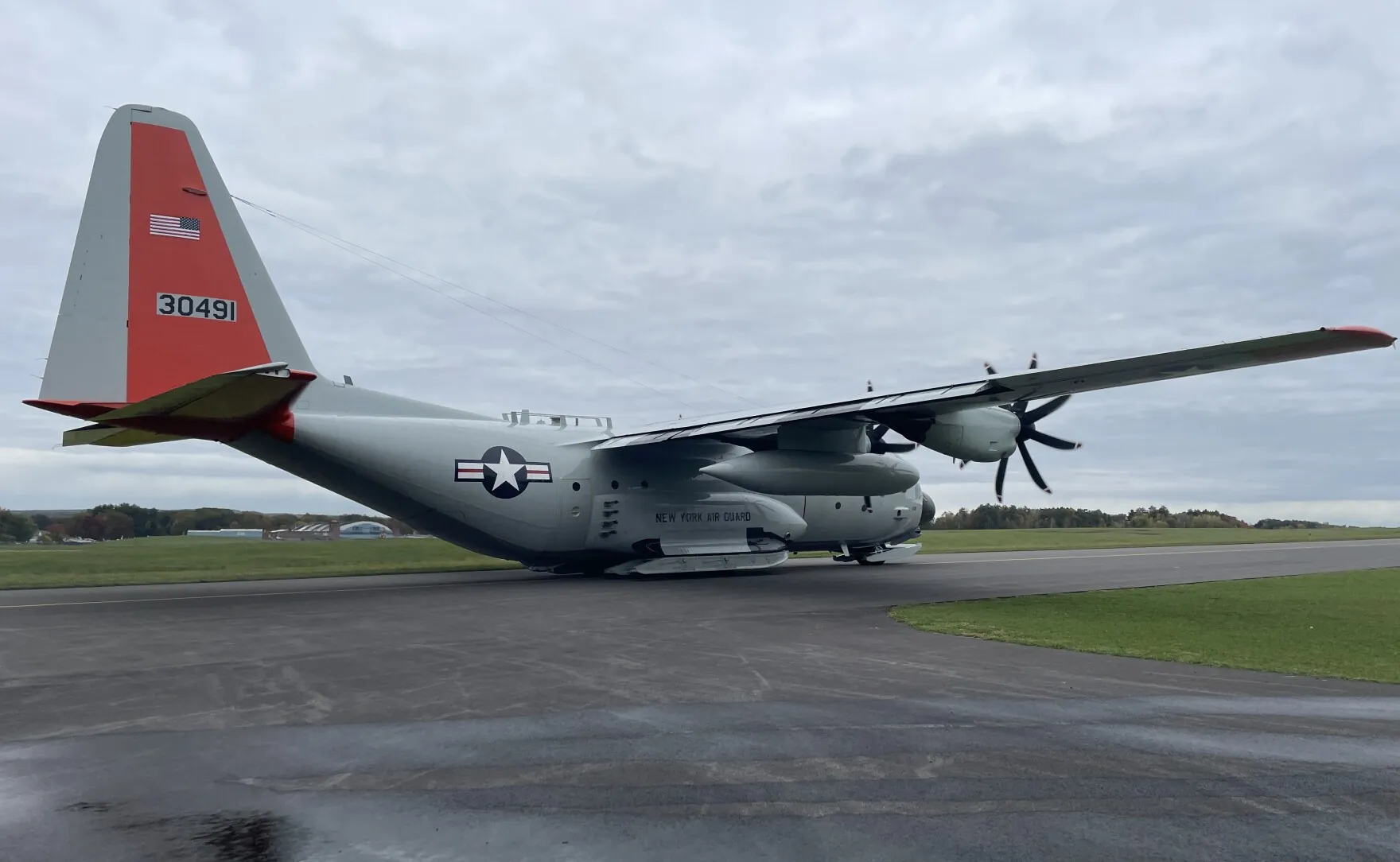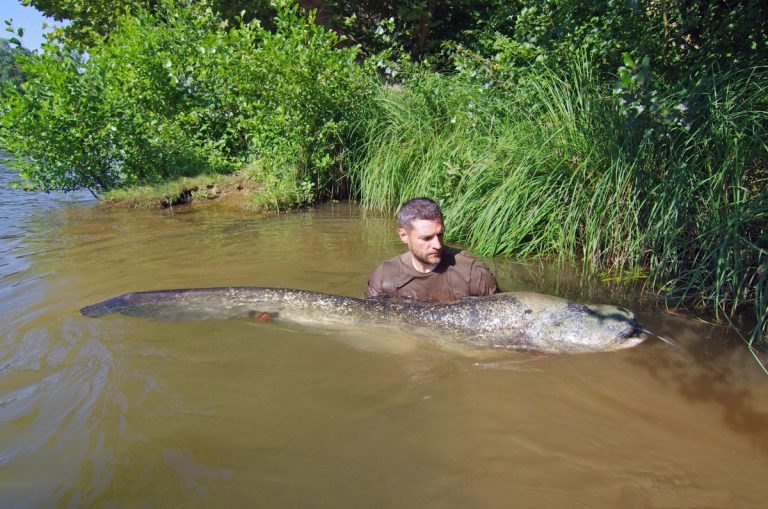On Wednesday, the 109th Airlift Wing of the New York Air National Guard embarked on their mission to Operation Deep Freeze in Antarctica.
The group of airmen is making their way to the National Science Foundation base, which is where the Airlift Wing’s unique ski-equipped LC-130’s are able to land and transport supplies during the summer season in the Southern Hemisphere.
The team of airmen is set to stay at the South Pole until March of 2024, where they will be both living and working. This season, their primary objective revolves around the resupplying of science stations located on the West Antarctic Ice Sheet, as well as the Amundson-Scott South Pole Station and the Siple Dome Field camp.
Every year, a rotation of 360 airmen embarks on a five-day journey to the McMurdo station. During the previous season, the squadron completed over 180 missions, clocking in more than 1,500 hours. The missions were focused on transporting a whopping 1.2 million pounds of fuel, 2.2 million pounds of cargo and over 900 passengers.
Upon their journey to Antarctica, the crew will make pit stops in California, Hawaii, Pago Pago, and New Zealand.
According to Colonel Christian Sander, who serves as the Wing Commander, his team has been conducting the yearly mission since 1999. The wing was entrusted with this responsibility due to its commendable performance in Greenland during the Cold War.
According to Sander, during the cold war era, there were several sets of radar sites that needed to be replenished and updated. His team was responsible for the successful refurbishment of these radar sites, which caught the attention of the National Science Foundation. They were impressed with their high success rates and expertise in the field, which led to an invitation to work with them. Sander and his team excelled in their work and eventually took over the mission when the Navy and Air Force shifted their focus to ships and airplanes respectively.
The group of aircraft known as the “Skibirds” have the capacity to transport up to twelve individuals, including both airmen and maintenance personnel.
During the summer months in the Northern Hemisphere, Sander explains that the team undergoes training in Greenland.
Sander explains that they have some extra time in their schedule to conduct training missions in Greenland, allowing them to upgrade and train their personnel. Additionally, they have a unique program called the Barren Land Arctic Survival School, which teaches individuals how to survive in the harsh conditions of the ice cap without any external assistance. This is an essential skill for their team, as it prepares them to handle any unexpected situations that may arise during their missions.
According to Lieutenant Colonel Drew Brewer, their crew is responsible for transporting National Science Foundation employees and their equipment in order to facilitate scientific research and ensure national security. However, Brewer also notes that traveling to the continent poses its own set of challenges, particularly due to the lack of weather-related build-up in the area.
According to Brewer, the lack of landing instrumentation makes it necessary for them to rely solely on ski way leading flags. This means that weather conditions play a crucial role in their operations, as they need a sufficient amount of visibility to safely execute their maneuvers.
According to Brewer, the weather conditions in the South Pole are often misconstrued as being extremely brutal, but in reality, they are not as severe as perceived by many.
Brewer shared his experience of waking up in Antarctica, thinking that it would be freezing, but to his surprise, some days were warmer than upstate New York. He mentioned that he could even walk to the gym in shorts before a long day. However, he also acknowledged that the temperature drops significantly once you are out on the ice cap and fly to the South Pole, where you might encounter negative 50 degrees.
During their deployment, airmen will be responsible for flying back and forth between Christchurch, New Zealand and Antarctica in order to gather necessary supplies and provide assistance to U.S. research initiatives.



